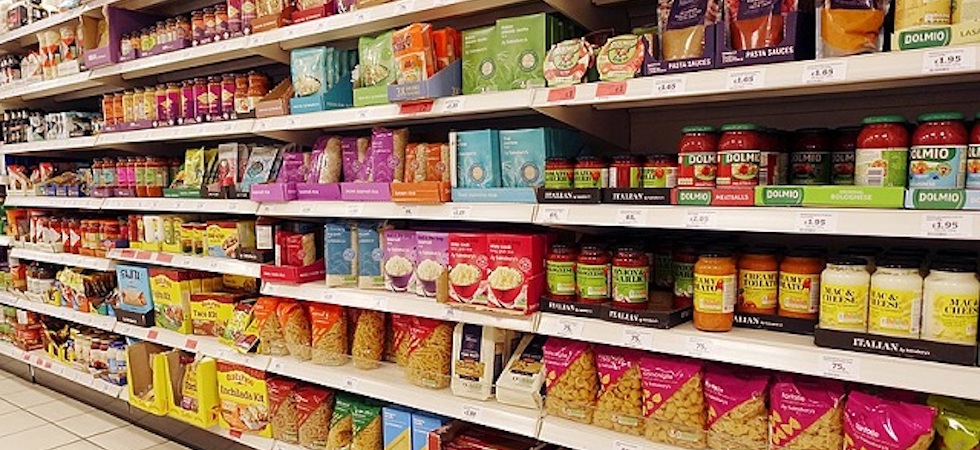A study from big-data consultants IRI estimates that restrictions on the promotion of high fat, salt and sugar (HFSS) products will mean that more shelf space is ‘up for grabs’ as retailers rethink their sales strategies.
In a report published in July 2020, the government outlined that it would legislate to end promotion of HFSS products by volume (for example, “buy one get one free”) and location both online and in store in England.
The impact of this, IRI reported, is that 26% of space is potentially ‘up for grabs’ in UK supermarkets when these new regulations come into force next year.
HFSS categories – including confectionery, yoghurts and fruit juices – currently make up 38% of actual store space. IRI claimed that this will drop to just 12% when the restrictions are introduced.
Across all HFSS categories, IRI has forecasted that around 5% of sales are at risk, although some categories will be more impacted than others.
Amongst other findings, the report predicted that chocolate will be most impacted, with 14% of sales estimated to be lost, due to chocolate gaining more incremental sales from being on display and from volume promotions. Sugar confectionery is also estimated to lose around 5% of sales.
The report further showed that the impact of the new regulations will be felt strongly in the chilled category where HFSS products currently have 52% of display space, which is expected to drop to 18%. The removal of products like desserts, pizzas and yoghurts will increase the amount of available off-shelf space.
In terms of incremental value within chilled dairy and desserts, IRI data showed that butters, fats and margarines (with 13% of off-shelf space) deliver the most value, with £4,608 of incremental sales per unit of display. Desserts and yoghurts have a much lower impact, delivering £995 and £1,060 respectively on sales uplift, despite taking up more than 50% of shelf space.
“A real opportunity”
Joe Harriman, IRI’s HFSS strategic consultant, commented: “With the ban on in-store promotional activity and display for HFSS products, this is a real opportunity for brands that have no in-category competition or that offer healthier alternatives as retailers look to rethink their ranges.
“It’s not just newly available space either. With retailers rethinking their store layout, with initiatives like ‘power aisles’ and ‘premium’ in-aisle displays, there are plenty of opportunities for both LFSS (low fat salt sugar) and HFSS categories to benefit.”
Harriman added that the lasting legacy of the HFSS regulations will be the impact on new product development and how manufacturers plan to develop and launch new products in the future.









